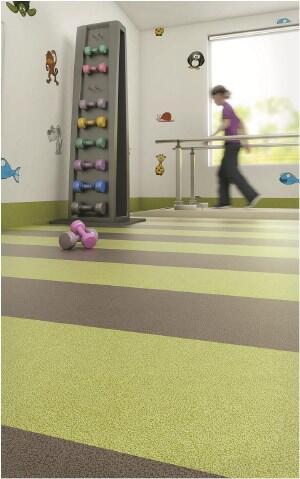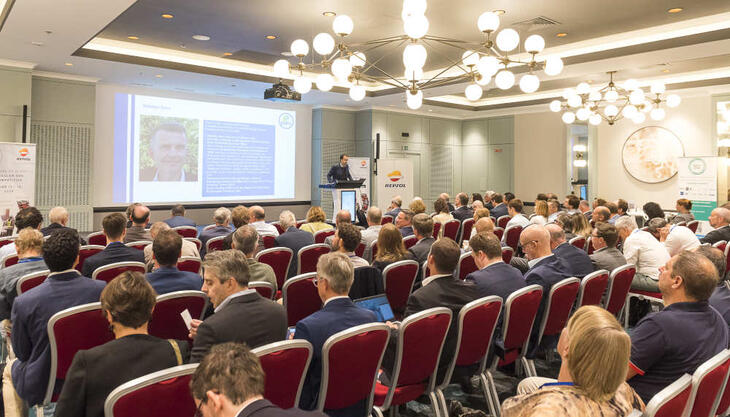Rigid down, soft up

With a total of 640,000 tons processed in Italy in 2013, PVC has recorded a slight dip of 3% with respect to last year's levels (660,000 tons), substantially in line with the trend of plastics generally. However, the two different types showed opposite trends: while rigid PVC fell by 7 percentage points, soft PVC grew by almost 3%. The data are from a study titled "Consumption of PVC in Italy - 2013", an annual report published by Plastic Consult on commission from PVC Forum Italia.
The crisis in the building sector continues to exert a significant impact on construction-grade PVC, which continues to be the principal single application (31.2%), followed by packaging (14.1%), which also showed a slight slump.
Things were positive, on the other hand, for PVC compound. Given the continuing recession in the domestic market, this is reflected mainly in increased exports, growing by nearly 9% over the previous year. Consumption of PVC has also grown in the transportation sector, in recreational goods and for miscellaneous uses (medical articles, technical applications, suitcases and leather goods, foam sheet, conveyor belts etc.).
The total production of recycled PVC also decreased slightly to around 60 kilotons. Volumes of regenerated pre-consumer scrap also showed a downturn, while recycled post-consumer wastes, some 25% of the total, remained relatively stable at 2012 levels.
Recycled rigid PVC, usually cut with virgin resin, continues to be used mainly for the production of new pipes (cable conduits, downspouts, floriculture supports, etc.), profiles (baseboards, joint straps and angle moulding for cement) and monofilament for brushes. Soft PVC continues to be used mainly for garden hoses, impermeable membranes and car mats.


















